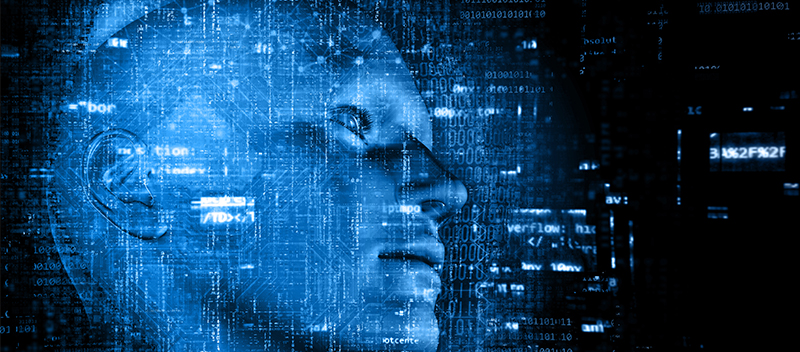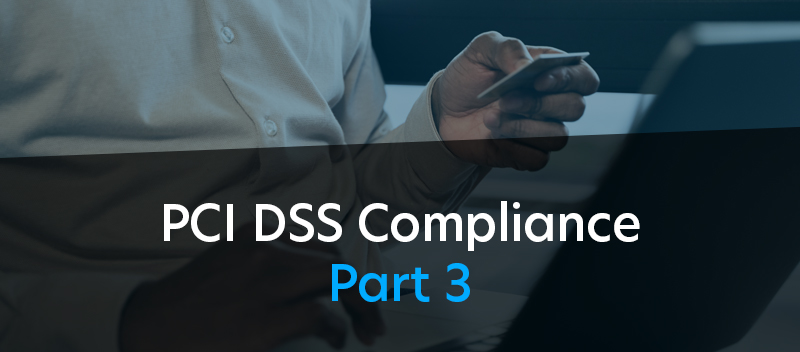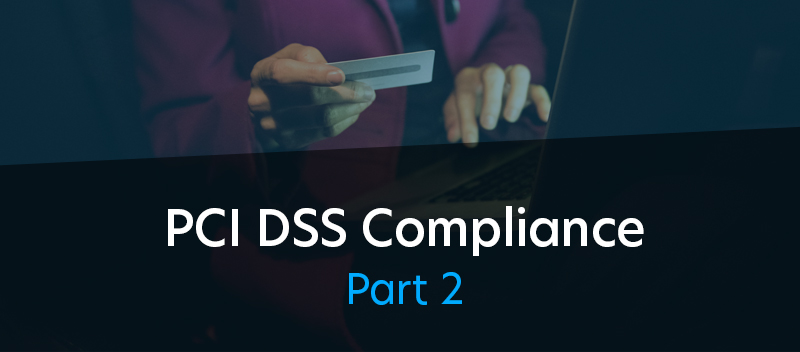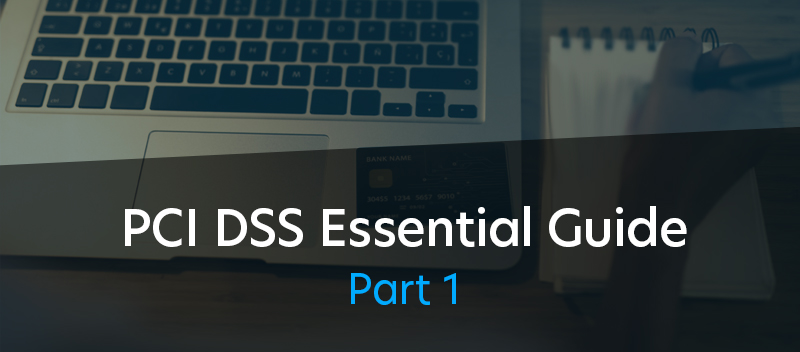How AI Is Changing The Cybersecurity Landscape in 2024

In the recently concluded AI Virtual Cybersecurity Summit held at the Engagez Virtual Venue, the transformative power of artificial intelligence (AI) was brought to the fore. The summit gathered thought leaders, experts, and enthusiasts from across the globe, all keen to explore the limitless possibilities of AI in cybersecurity.
This extraordinary event provided a unique opportunity for seasoned professionals, curious enthusiasts, and forward-thinking entrepreneurs. Attendees looked into the future of innovation, immersing themselves in cutting-edge discussions and gaining invaluable insights from the brightest minds shaping the AI landscape.
One perspective that resonates with these changes is TrustNet’s stance on AI and machine learning (ML). We do not perceive AI and ML as inherently ‘evil.’ Instead, we see these technologies as opportunities to continually enhance cybersecurity and compliance measures.
As we look back at the AI Virtual Cybersecurity Summit, let’s delve deeper into the transformative role of AI in the cybersecurity landscape and how progressive organizations like TrustNet are embracing this change.
The Ethics of AI in Cybersecurity: A Focus on Existing GDPR Regulations
While powerful, AI’s role in cybersecurity involves ethical considerations primarily centered around the General Data Protection Regulation (GDPR) regulations. These regulations govern how personal data is handled, emphasizing transparency, accountability, and fairness.
Under GDPR, organizations must inform individuals about the data being held about them and its intended use. When automated decision-making comes into play, the requirements go a step further:
- Individuals must be notified that an automated decision is being made.
- They should be educated about the implications of such decisions.
- Specific logic about how the algorithm works during automated decision-making should be shared.
Adherence to these guidelines helps organizations using AI stay on the right track. However, they must also ensure fairness and transparency and have measures to handle individual requests.
The Role of Compliance Professionals
Compliance professionals are crucial in ensuring GDPR adherence, particularly regarding AI. They need to champion transparency and consider the impact of their organization’s technology on users. Some key considerations include:
- The types of technology in use across the organization.
- The reputation and compliance status of the technology providers.
- The functioning of the technology.
- The fairness and impartiality of the technology.
By understanding these aspects, we can safeguard our employees and users and mitigate the risk of GDPR-related fines.
In addition, it’s important to recognize that AI is a rapidly evolving field. This constant evolution presents both challenges and opportunities for compliance professionals. The complexity and dynamism of AI systems can make them difficult to audit and control. However, this is precisely where the expertise of seasoned professionals becomes invaluable.
Preparing an Action Plan
To align with GDPR, organizations can consider the following steps:
Conduct a Data Protection Impact Assessment (DPIA): Review the impact of your current tech stacks, including the information they collect and their usage. Establish procedures to contemplate the risks of future technology launches. A formal DPIA may provide the legal basis for specific uses of technology solutions, including AI.
Implement Systems for Current and Future Issues: Things can go wrong despite diligence. Organizations need to have procedures that will make an immediate impact. Policies and procedures should be straightforward and easily understandable, especially since organizations typically have 72 hours to report a GDPR issue to regulators. In addition to GDPR compliance, organizations may also need to align their procedures with other regulations such as SOC 2, HIPAA, PCI DSS, and ISO 27001. Each of these standards provides specific guidelines that can aid organizations in crafting their systems.
Rehearse Your Response Plan: Once policies and procedures are in place, they should be rehearsed. The entire organization must be trained to respond instinctively to a crisis.
For more on our compliance services Click Here
Pros and Cons of AI from a Cybersecurity Perspective
The rise of AI technology brings benefits and potential drawbacks to the table regarding cybersecurity strategies.
Enhanced Threat Detection
Pro: On the one hand, AI significantly boosts threat detection and response capabilities. It’s like having a security guard that can detect and predict potential threats before they inflict serious damage.
Con: On the flip side, this predictive ability could potentially lead to false positives, causing unnecessary alarm and diverting resources away from real issues.
Automation
Pro: AI’s ability to automate mundane cybersecurity tasks is a blessing as it frees up human resources to focus on more complex matters. It’s akin to having a tireless virtual assistant handle routine work.
Con: However, over-reliance on automation could lead to complacency among human analysts, potentially lowering vigilance and leading to missed threats.
Pattern Recognition
Pro: AI’s knack for recognizing patterns can be used to spot potential threats and anomalies that might go unnoticed by humans. It’s like having an eagle-eyed detective on your team.
Con: Nonetheless, while AI excels at identifying patterns, it may struggle with contextual understanding, possibly overlooking threats that don’t fit established patterns.
Trustworthy Decision Making
Pro: With evolving performance metrics and techniques, AI systems can offer more reliable decision-making in cybersecurity, acting like a wise advisor.
Con: But there’s a downside too. AI decisions are based on data and algorithms, and if either is flawed, it can lead to incorrect decisions, potentially escalating rather than mitigating security risks.
Redefining Our Relationship with AI
As AI evolves, it’s crucial for organizations to create governance structures that consider security, privacy, confidentiality, and ethics. The aim should be regulating its use, not its existence.
It’s time to reframe our perspective on artificial intelligence in the rapidly evolving digital landscape. Far from being an adversary, AI can be a friend and ally, empowering us to achieve new heights in efficiency and innovation.
AI can automate mundane tasks, predict trends, and provide insights that might elude human analysis. With AI as our ally, we can navigate the complex digital world with enhanced precision and foresight.
However, as we harness the power of AI, we must ensure its use is guided by principles of fairness, transparency, and respect for privacy. We must strive to mitigate biases in AI algorithms and protect sensitive data from misuse. In other words, our alliance with AI should not compromise human rights or ethical norms.
As your partner in AI and cybersecurity, TrustNet can help you navigate the intricacies of AI implementation while upholding ethical standards. With TrustNet, you can leverage AI’s benefits without compromising your security and compliance obligations.




